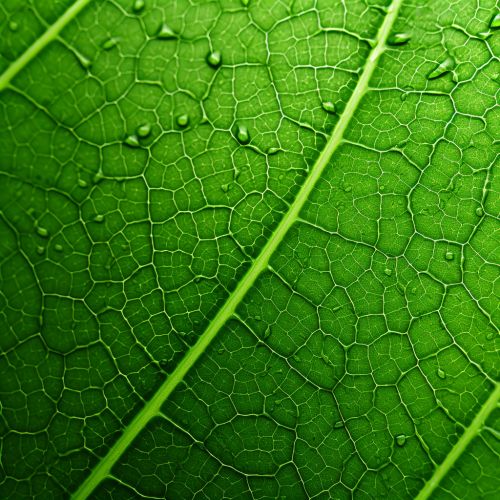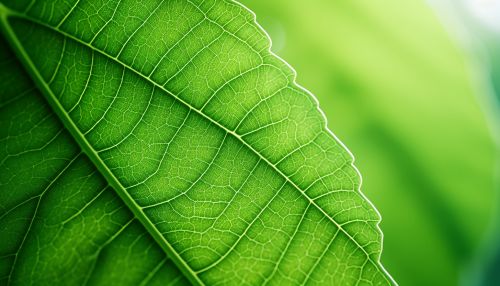Artificial Photosynthesis for Solar Energy Conversion
Introduction
Artificial photosynthesis is a chemical process that replicates the natural process of photosynthesis, a process that converts sunlight, water, and carbon dioxide into carbohydrates and oxygen. The term "artificial photosynthesis" is commonly used to refer to any scheme for capturing and storing the energy from sunlight in the chemical bonds of a fuel (a solar fuel). Photocatalytic water splitting converts water into hydrogen ions and oxygen, and is a major research topic in artificial photosynthesis. Light-driven carbon dioxide reduction is another process studied, which replicates natural carbon fixation.
History and Development
The concept of artificial photosynthesis has been around for decades, but it was not until the late 20th century that significant progress was made. The first substantial step in the development of artificial photosynthesis was the discovery of water oxidation by ruthenium tris(bipyridine) in the late 1960s. This discovery led to the development of various photocatalytic systems and the establishment of the principles of artificial photosynthesis.
Principles of Artificial Photosynthesis
Artificial photosynthesis is based on the principles of natural photosynthesis, which involves the conversion of sunlight, water, and carbon dioxide into carbohydrates and oxygen. The process is divided into two stages: the light reactions and the dark reactions. In the light reactions, light energy is converted into chemical energy, which is then used in the dark reactions to convert carbon dioxide and water into carbohydrates.
Photocatalytic Water Splitting
Photocatalytic water splitting is a major research topic in artificial photosynthesis. This process involves the conversion of water into hydrogen and oxygen using sunlight. The hydrogen produced can be used as a clean and sustainable fuel source, while the oxygen can be released into the atmosphere or used in other industrial processes.
Carbon Dioxide Reduction
Another important process in artificial photosynthesis is carbon dioxide reduction. This process involves the conversion of carbon dioxide into carbohydrates, which can be used as a source of energy. This process is similar to the natural process of carbon fixation, which is carried out by plants and some microorganisms.


Challenges and Future Prospects
Despite the significant progress made in the field of artificial photosynthesis, there are still many challenges to overcome. One of the main challenges is the development of efficient and durable photocatalysts that can effectively convert sunlight, water, and carbon dioxide into useful products. Another challenge is the development of practical systems that can operate under real-world conditions.
